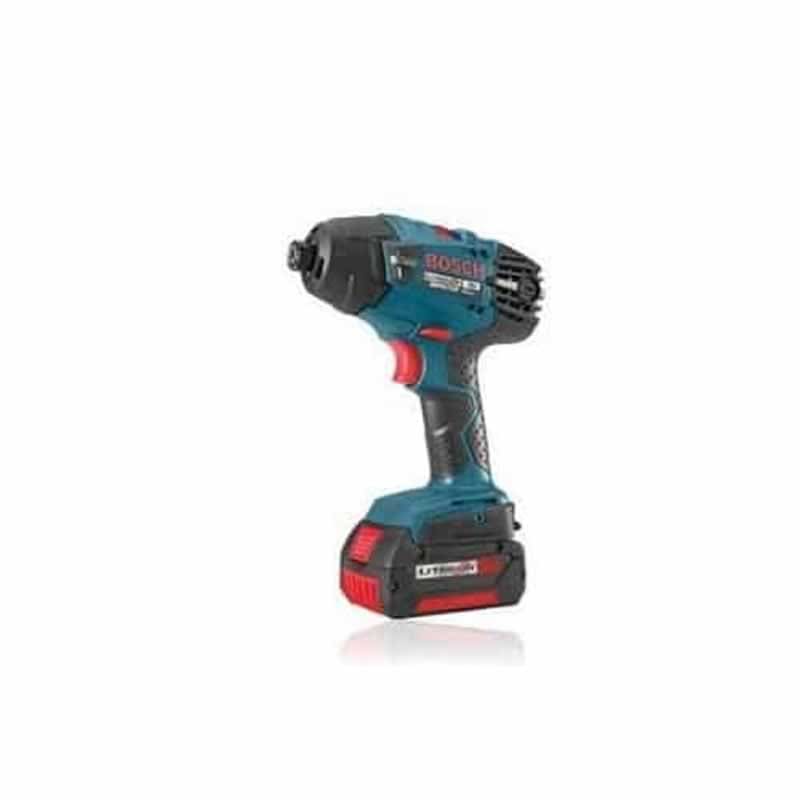Material lifting slings can be a big help whenever a job or task demands you lift something heavy. They’re an integral part of nearly any industry that requires lifting and strapping of heavy loads. You’ll have two main choices when it comes to selecting a sling to use. Whether to use a round sling or a webbing sling can be challenging. Although similar, they have some significant differences.

Below you’ll find a concise explanation of the difference between round and webbing slings.
What Is A Round Sling?
Both round and webbing slings are a type of fabric cordage that’s used to assist with lifting tasks. As their name implies, round slings are one continuous loop of material. They’re typically made from polyester and are often covered with a tubular woven or mesh sleeve. The inner core of a round sling, the polyester strands, are the load-bearing section of the sling. The outer sleeve is there to protect the core from external harm and weathering. The size and strength of each sling will depend on how much weight it’s designed to hold. Round slings generally range from one up to 30 tonnes. Professional services offer various, colour-coded round slings of different strengths. With stenhouselifting.com.au and other sites like it, you can either get your own slings or use their lifting services for assistance with your task.
Round slings are useful and offer many benefits such as:
- Thanks to their fabric construction, round slings are relatively lightweight. They can also be folded or bundled and transported without much hassle. This makes them rather easy to have with you wherever you may need them – easier than carrying a machine or large tool.
- If you think about it, a round sling is essentially just a very strong fabric loop. It has standard uses in some industries. For example, it’s often used to lift pipes, sheets, poles and beams at construction sites. However, this doesn’t mean these are their only uses. It’s always handy to keep several round slings around because they’ll probably be helpful in ways you don’t anticipate. More importantly, the flexibility of round slings helps in lifting irregularly-shaped objects.
- As mentioned earlier, these slings come in variations that can lift up to 30 tonnes. There are a lot of heavy things that weigh less than that. As such, round slings can be used to lift anything as long as it weights within the limit of your sling. For an at-home handyman, this can cover a lot of situations. A good example is when building a treehouse wherein wooden planks need to be hauled up.
- Colour Coding. Most manufacturers will colour-code their slings so that each colour corresponds to a specific maximum weight limit. This makes it easy to find the sling you’re looking for. It’s also a safety measure when multiple slings are being used to lift a single object. The colours make it easy to spot when one sling is of a different strength than the rest, helping to avoid mistakes.
- Load Protection. Round slings offer better protection of the load because of their simple, single-loop construction. The design leaves less room for stretching and fewer potential points of failure, creating a stronger hold on the load.
As you can see, the pros are great. Although few in number, here are some disadvantages:
- Yes, the strength of these slings can be considered both a pro and a con. Although these slings can be excellent lifting tools for anything within their weight limit, they aren’t the strongest option available.
- Wet Conditions. Being made from fabric, especially polyester, these slings can sometimes suffer in wet conditions. Moisture can damage nylon and polyester strings, which can be dangerous during a lift.

What Is A Webbing Sling?
Webbing slings are remarkably similar to round slings. They’re usually made from the same materials, except that the tubular sleeve is less common here. Other than that, the main difference lies in their shape. Webbing slings consist of a flat cord or strap with one loop on each end. They’re generally more stretchable than round slings and have less strength. Webbing slings typically come in variations that can lift between one and six tonnes. You might use these when doing smaller lifting tasks.
Here are the characteristics of webbing slings:
- Colour coding. Webbing slings are usually colour coded much like their single-looped counterparts. They’re usually green, yellow, grey and red, with green for the lightest and red for the heaviest load.
- Portability And Flexibility. Just like round slings, webbing slings are lightweight and easy to transport. Because they’re more stretchable, you can wrap them around oddly shaped items or loads as they conform quite easily.
- Less Strength. The design doesn’t allow for the same amount of hold as a round sling, making webbing slings significantly weaker. Similarly, webbing slings may not be the best lifting solutions in wet conditions.
- Webbing slings are more prone to stretching, which may be beneficial as mentioned above. However, it can potentially leave more weak points in a sling.
Conclusion
Slings are versatile lifting tools that can be used in anything from DIY home improvement projects to full construction and industrial lifting needs. Round and webbing slings are the two most popular types of slings. The two main differences between these are shape and maximum strength. Generally, round slings are stronger. However, the best sling to use will depend on what your situation requires.






